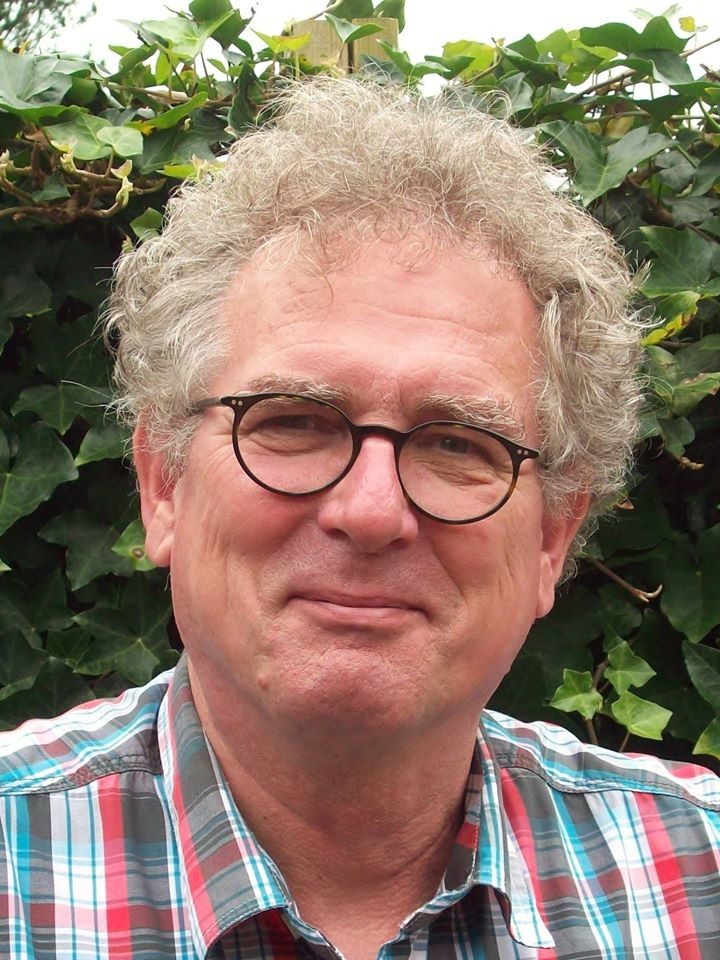This is the view of Egbert Dommerholt, Professor of Biobased Business Valorisation at the Hanze University of Applied Sciences Groningen in the Netherlands. He warns that over the coming years significant shortages of increasingly more raw materials will emerge; some elements, such as Antimone, are already virtually depleted at the present time. The pessimistic scenario of a depleted earth sketched out by the Club of Rome in the seventies of the previous era, currently is fully manifesting itself. The switch to renewable and recycled raw materials therefore is not an option, it is an imperative. “Doing otherwise would leave us in dire straits.”
Three levels
However, is 100% circularity really achievable? Dommerholt analysed the transition to a circular economy at three levels and concludes that there are gaps at all three levels. For example, at the micro level, the key barrier is the lack of ‘consumer awareness’. Consumers are not playing a significant role in the circular economy; businesses must take the lead. In this respect they are hindered by a company culture created in a linear economy. “Circular entrepreneurship generally is based on existing business models that are being tweaked somewhat. That’s not enough. To achieve real change also requires a change in values.”
Not only a change in individual companies, but of entire supply chains is required at the meso level. Ideally, the output of one part of the chain would become the input for the next part. In actual practice, numerous chains crisscross each other. For instance, the CO2 from one chain could be useful in another chain, such as the horticulture sector. These kinds of cross links must be identified and be connected together, internally or externally. “To accomplish this requires a great deal of organisational talent.”
Misconception
The circular economy really goes awry at the macro level. “At the policy level, ambitions are extremely high and, for example, this is evident in the Circular Economy Action Plan of the European Commission, which is rooted in the European Green Deal. It is a new growth strategy designed to change the EU into a modern and competitive economy, with zero emissions by 2050. In nine years it will be 2030, and by that time we are supposed to be more than halfway there. Looking at what we have accomplished to date, that doesn’t seem very hopeful in my opinion.”
Furthermore, the plan’s words and actions do not match. “The European discourse is that we are working on competitive capacity and green growth that benefits all citizens. But when you look at its implementation, the focus all of sudden switches to targets and measures that are based on raw material efficiency and waste management. The circular economy is viewed as a technological issue, without any cultural or social components. That is a misconception. We also have to get citizens on board, otherwise we cannot succeed.”
According to Dommerholt something even more fundamental is wrong with the EU’s action plan: “Economic growth is being uncoupled from the use of raw materials. The EU, as well as the Netherlands and local regions here believe we can have both: a higher GNP and a reduction in the use of raw materials in absolute terms. In other words, not only relatively, by working more efficiently. In actual practice, we are seeing that production levels always increase faster than efficiency, consequently resulting in growth in the use of raw materials. These factors cannot be viewed independently of each other. Green growth is an oxymoron. The EU wants to bridge the impossible this way. However, you cannot be green and grow at the same time. It would mean that we would have to limit the inflow of raw materials or stop it altogether. This means that we would be producing less and would have to change our lifestyles and our business models. The entire transition is therefore based on erroneous assumptions and that could mean that we may be moving in the wrong direction altogether.”
This article was created in cooperation with the Hanze University of Applied Sciences Groningen.
Image above: fran_kie/Shutterstock






